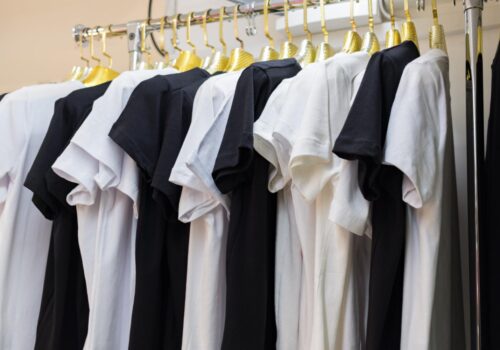How Faux Fur is a Sustainable Fashion Choice for Modern Consumers
For years, faux fur was dismissed as a poor substitute, cheap-looking, environmentally questionable, and lacking prestige. That perception is rapidly shifting. Today, faux fur is not only more ethical but also strategically aligned with modern sustainability goals. But the real shift isn’t just in materials; it’s in the values and systems driving the industry forward.
The Conversation has Moved Beyond Animal Cruelty
It’s easy to say faux fur saves animal lives, but this is no longer the full argument. Today’s sustainability-conscious consumer digs deeper. They are asking whether the production, disposal, and lifecycle of a product also uphold ecological responsibility. In response, forward-thinking brands are partnering with textile labs to create faux fur using recycled polyester, closed-loop manufacturing, and even lab-grown fibres. This isn’t just animal-free; it’s future-proof.
Circular Design is Changing the Equation
Fast fashion is being replaced by the principle of circularity: creating clothing designed to be reused, repaired, or recycled. Quality faux fur aligns well with this model. Unlike natural fur, which often requires chemical processing, certain new faux fur fabrics are now being engineered with recyclability in mind. Some can even be disassembled for fibre recovery. This shift turns faux fur from a static item into a regenerative material stream.
Designers are Using Faux Fur as a Storytelling Tool
In high fashion, materials are narrative. Designers are embracing faux fur not just for its aesthetic appeal but to make bold, progressive statements. It has become a canvas for experimentation, bright colours, exaggerated textures, and digitally printed patterns, many of which would be impossible or unethical with real fur. Faux fur is being used to reject exclusivity and embrace innovation, challenging the elitist narratives often associated with animal-based luxury.
Longevity Now Defines Luxury
Sustainability isn’t only about source material. It’s about how long a product stays in use. The best faux fur pieces are designed for extended life cycles, lined for comfort, stitched for endurance, and styled to outlast trends. When consumers see dyed faux fur not as a one-season throwaway but as a long-term wardrobe asset, it transforms the economics of sustainable fashion.
Consumer Behaviour is the Tipping Point
Sustainable fashion is not driven by fabric alone; it’s fuelled by buying patterns. Consumers now research supply chains, ask questions about textile innovation, and choose brands based on transparency. Faux fur has earned its place because it meets this demand for integrity without sacrificing design.
The rise of faux fur in sustainable fashion is not a cosmetic shift. It reflects an industry rethinking its priorities, from circular design to conscious consumption. For modern consumers, it offers a tangible way to engage with ethical innovation, without compromising creativity or quality.





